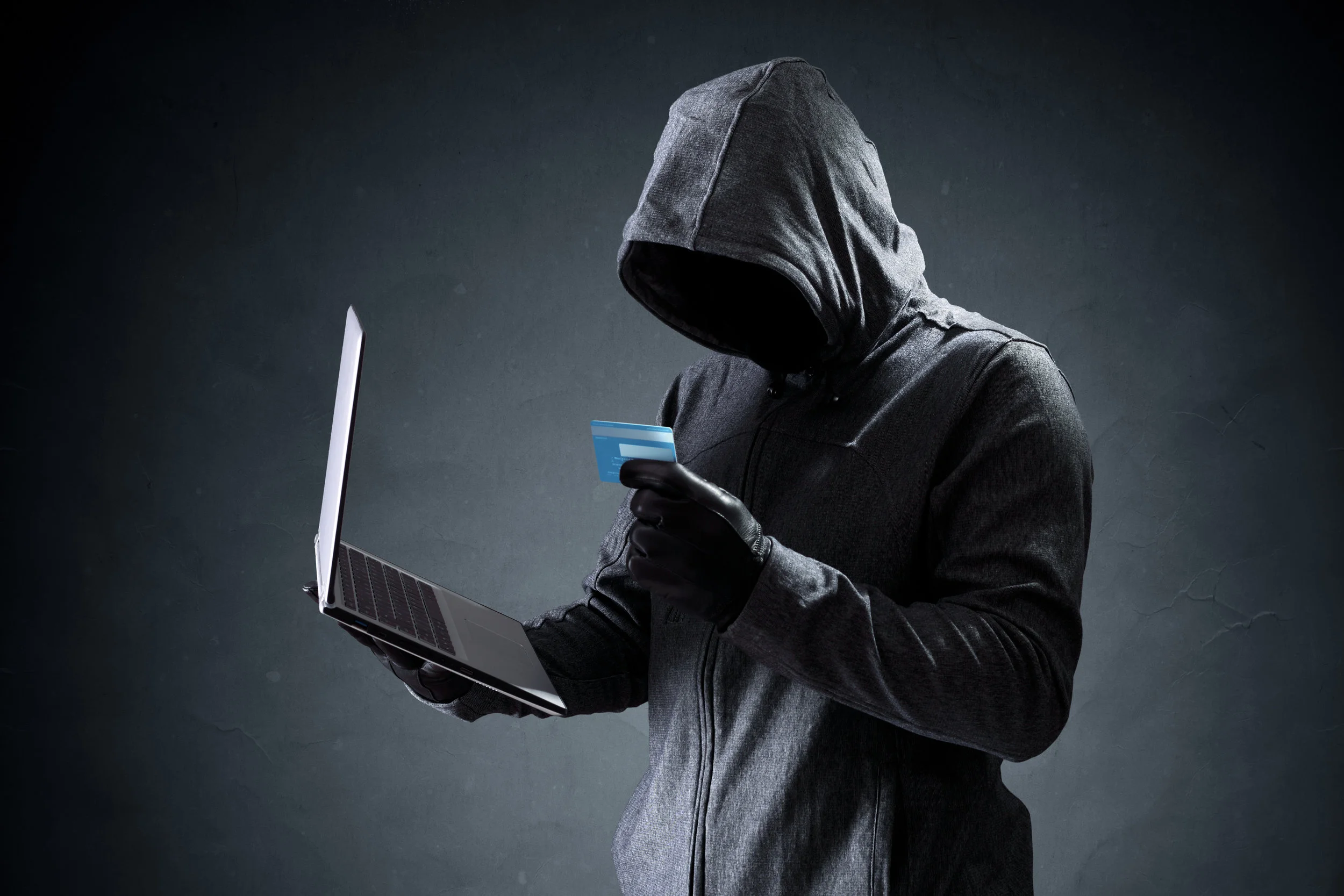By Gregory Chapman, Contributor
The cost of a cyberattack on any business can amount to both monetary and reputation losses. Thus, even restaurants are not spared from such attacks and resultant losses. The obvious tactic is to invest in new technologies and precautionary measures to make your restaurant’s cybersecurity secure.
We know restaurant owners, operators and managers like you already have enough to worry about. That’s why we put together this guide on how best you can protect your restaurant from cyberattacks.
Educate Your Restaurant’s Staff About Cyberattacks & Phishing
Educating your restaurants employees is an essential first line of defense for your restaurant’s network security. This is because hackers are aware that humans are often the weakest link when it comes to your restaurant’s cybersecurity. Thus, they are always on the prowl to exploit a potential vulnerability using a phishing (scam) email.
Get them in on training programs on cybersecurity where they can learn how to avoid potential problems before they occur. Some of the standard phishing techniques involve requests made for specific information about your restaurant via email. Most of these emails are often riddled with errors, highly urgent subject lines, or content designed to drive immediate action.
Create scenarios of a possible attack and show them what to look out for in a phishing email. Also, be up to speed on cyberattack trends and keep educating. Generally, phishing emails have a tone that a professional and organized company will not use.
Secure Your Restaurant’s POS
A 2019 Verizon Data Breach Investigations Report, states that 89% of data breaches that occurred in restaurant businesses was as a result of POS intrusions. Such intrusions were defined as remote attacks against payment systems where card-present transactions occurred. Thu,s the need arises for you to protect both your restaurant’s and customer’s information by securing this access point into your systems.
When taking protective measures, consult with experts in POS security to guide you on the best actions you need to apply. Such protective measures can include end-to-end encryption, antivirus software installation, and maintenance, or a systems lockdown.
Install a Firewall to Separate Devices
Another crucial solution to protect your restaurant’s cybersecurity is to prevent hackers from gaining access to your network’s firewall. The function of the firewall is to monitor and control the traffic going in and out of the network. It is essential to create different networks based on what device interacts with another. For instance, placing your computer and the POS machine on the same network becomes a no-no.
Furthermore, when you can adequately configure your firewall, it serves a tremendous first defense for a cyberattack. Additionally, it serves as a barrier for keeping malware-infected devices from infecting other devices on your restaurant’s network.
Keep Restaurant Devices Updated with the Latest Software
Relying on old software to protect your business’s devices has done more harm than good because it serves as an easy avenue for hackers to attack your systems. Regularly check all the software running on your restaurant’s devices to make sure they have been appropriately updated. In the event you don’t have the time or internal capacity to carry out regular checks, you can hire an expert managed services firm to handle such updates.
Protect Your WiFi Network with a Web Filtering Solution
WiFi networks are another potential weak spot that you must secure to protect your restaurant from cyberattacks. For restaurants that provide free WiFi access to your dinners, always ensure that the guest network is separate from the network used by your staff.
Also, a web filter can be implemented to control what your dinners can do when they connect to your network. Besides, a web filter helps to prevent malware from being downloaded, and it can be configured to block access to unsecure sites diners may log into. There are several affordable web filters you can get online to protect your restaurant’s WiFi security.
Engage in Continuous Backup
Most often, the need to backup data from restaurant devices are overlooked until a chunk of vital work gets lost. Then it becomes impossible to recover them. Thus, it is crucial to perform regular backups on essential data. It helps to protect your restaurant against hackers or accidental loss.
When backing up your restaurant data, you can adopt the 3-2-1 approach. This means you create three copies of the data, on two separate file formats, and store a copy securely off-site on an air-gapped computer that isn’t connected to any other device or the internet. Also, you can save back up data on multiple formats such as USB sticks, external hard drives, cloud systems, etc.
Patch Management & Vulnerability Scanning
All it takes is one unaddressed small, vulnerable window for your restaurant’s cybersecurity to be susceptible to attack. Therefore, it is essential to maintain an inventory of all devices that connect to your network and ensure to conduct regular vulnerability scans. These scans go a long way in identifying possible weak spots that you need to fix promptly.
Vet your Third-party Vendors
Sometimes hackers are able to gain access through your vendors. Remember the cyberattack on PDQ restaurants in 2018 that forced the chain to close for a year? The attack occurred as a result of a remote access tool used by one of its technology vendors. In the event a vendor can connect to your restaurant network, it becomes vital to ensure that appropriate security controls are put in place.
Before granting a vendor your network access, carry out a check on how secure your vendor is and the controls they set up to prevent hacking.
Store Passwords Securely
Understandably, we tend to forget passwords easily, so we cultivate the habit of storing them in a Word document or on paper stuck somewhere by the computer. However, such patterns leave for hackers to gain access to your device with ease.
Instead, the best way to secure your restaurant device passwords is by making use of an excellent online password manager. What password managers do is to generate and store secure passwords and manage your login details across all your devices. Additionally, it protects all the login information that passes through the manager.
Conclusion
The sad fact remains that criminal masterminds will never stop trying to find illegal channels that can compromise your business’s data. Thankfully, technology best practices are continually evolving to enable your restaurant to adopt these cybersecurity measures with ease. And likewise, keep your data safe.
About the Author
Gregory is passionate about researching new technologies in both mobile, web and WordPress. Also, he works on Best Writers Online the best writing services reviews. Gregory in love with stories and facts, so Gregory always tries to get the best of both worlds.















